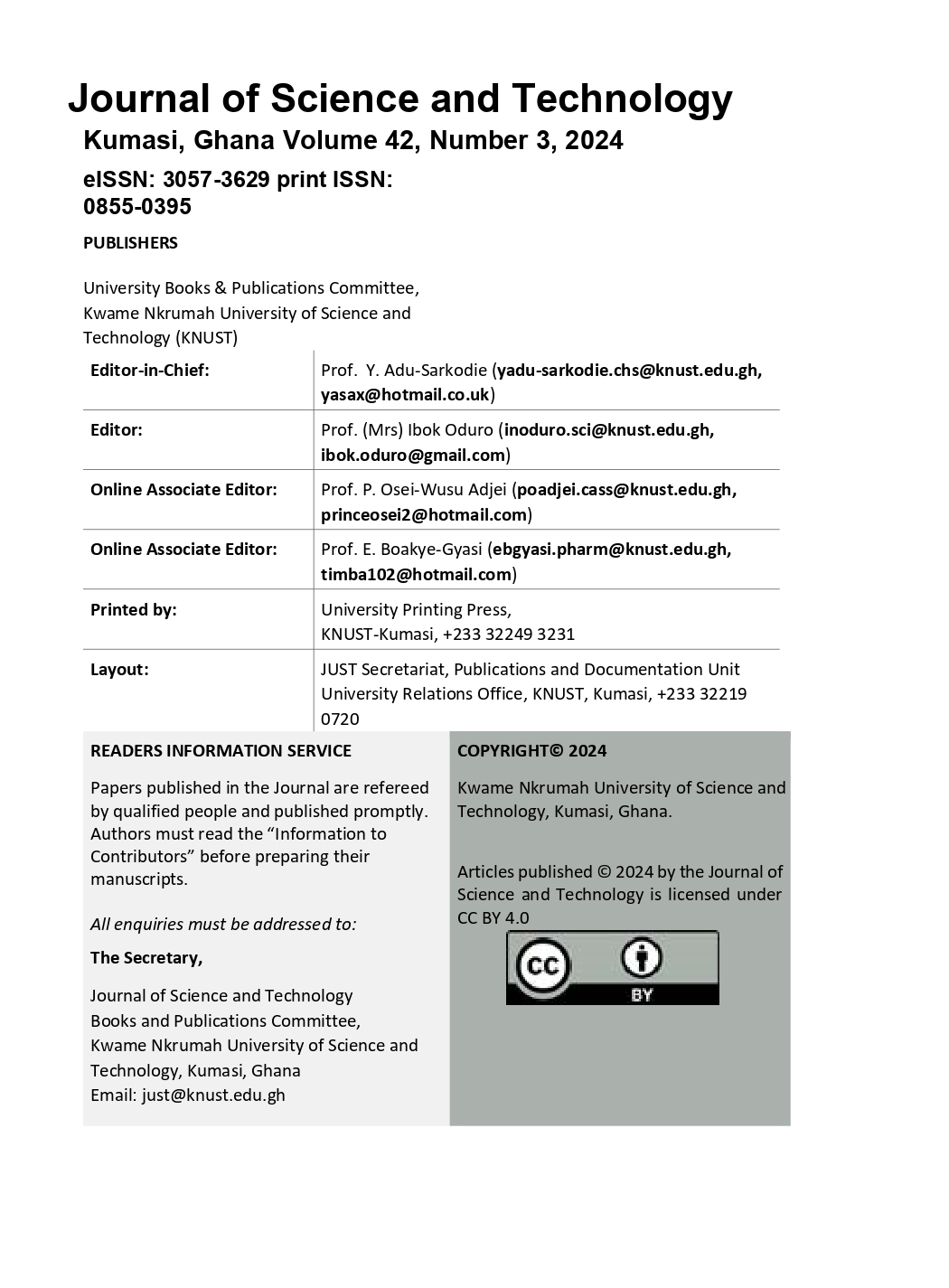Zearalenone-Contaminated Cereals in African Communities, Probabilistic Exposures and Adverse-Health Outcomes: A Meta-Analysis
Abstract
Zearalenone, a Fusarium spp. mycotoxin is an exposome with estrogenic properties that adversely impact global public health concerns, including African cereal-growing communities. In this study, we used the keywords; “adverse health”, “cereals”, “zearalenone”, and “Africa” to screen published articles from Google Scholar, CrossRef, PubMed and Scopus databases. The returned queries were filtered to obtain 36 relevant articles covering 53 studies. Data including the year of study, zearalenone concentration, number of total samples and total positive samples were extracted from the included papers. The zearalenone concentrations were meta-analyzed to characterize the following: data heterogeneity, weighted averages, effect sizes, and to visualize Forest plots and regression models. The exposures were determined using zearalenone concentrations, mass of cereals ingested, and WHO-recommended body weight according to the EFSA-recommended guidelines. Based on Palisade @Risk probabilistic approaches, the uncertainties of exposures and risks (hazard quotient) were obtained after simulation at 105 iterations and benchmarked against PMTDI (0.25 μg/kg). The meta-analysis results presented a zearalenone contamination occurrence of 16% and a high heterogeneity (I2=97.9), which indicated high variability in the included articles. Zearalenone concentrations ranging from 0.90 to 1.03×103 μg/kg presented high occurrence in rice and rice-based products (75%), while the simulated modal exposures (μg/kg(bw)-d) ranged from 5.33×10-3 to 9.70×10-2, the 95th percentile ranged from 1.91 to 31.60. Although the modal exposures among the age-related consumers did not exceed the regulatory threshold (0.25 μg/kg), that for infants (0.10 μg/kg(bw)-d) and toddlers (0.04 μg/kg(bw)-d) were the highest. However, the 95th percentile exposures for all the age-related consumers exceeded the threshold at different intensities, while the infants (31.60 μg/kg(bw)-d) and toddlers (13.11 μg/ kg(bw)-d) exposures were significantly (HQ>1) alarming. Control measures are urgently warranted to address this public health concern.



